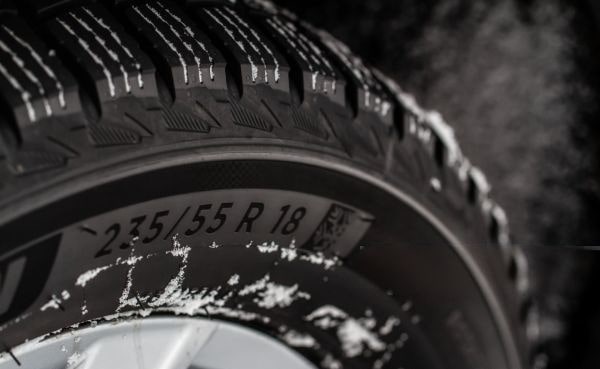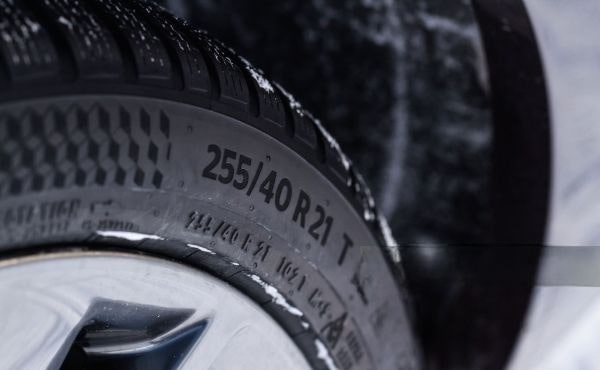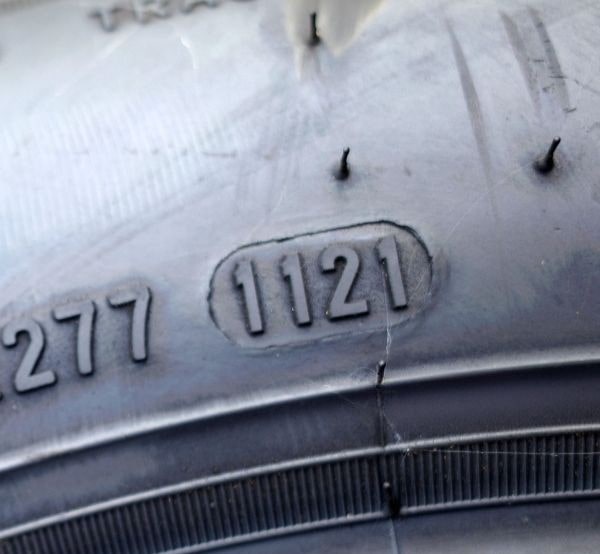Table of Contents
Tire Markings: The Secret Language Right Under Your Wheels
I’ll never forget the day my mechanic pointed to my tire’s sidewall and said, "See this? You’ve been driving 10 mph over your tire’s safe limit." Those cryptic symbols on tires aren’t just manufacturer jargon—they’re your rubber’s DNA.
Take the DOT code. That random string? It holds your tire’s birthday. Miss it, and you might be riding on "new" tires that are actually older than your car. Scary, right?
The "P215/65R16 95H" Breakdown: What Every Segment Means
Let’s dissect a real-world example from my neighbor’s SUV:
-
"P" vs. "LT":
That innocent "P" stands for passenger vehicles. But if you’re hauling trailers? You’ll want "LT" (Light Truck) tires. I learned this the hard way when my overloaded minivan’s "P" tires started bulging after a camping trip. -
The 65 Mystery:
Contrary to what I thought, this isn’t the tire’s height—it’s the ratio of sidewall to tread width. A lower number means a stiffer ride (great for cornering), while higher numbers absorb bumps better.
Pro Tip: The Tire Industry Association has a free decoder tool for these markings.
The Hidden Expiry Date You’re Probably Ignoring
Here’s something most drivers miss: Tires expire even if they’ve never been used. That "DOT XXYY" stamp? The last four digits are week/year of manufacture.
-
DOT XXXX 2523 = 25th week of 2023
-
Danger Zone: The Rubber Manufacturers Association warns that tires over 6 years old risk dry rot—yes, even with deep treads.
(I once helped a friend return "new" tires that were actually manufactured 4 years prior—the shop didn’t even realize!)

Speed Ratings Aren’t Just for Sports Cars
That "H" in our example? It’s not a suggestion—it’s the maximum sustained speed your tires can handle:
| Symbol | Max Speed | Real-World Meaning |
|---|---|---|
| T | 118 mph | Family sedans |
| H | 130 mph | Most SUVs/vans |
| V | 149 mph | Performance vehicles |
Fun fact: When Consumer Reports tested over-speeded tires, they found braking distances increased by 22 feet at just 10 mph over the rating.

Why That Tiny Mountain Snowflake Symbol Could Save Your Winter
Living in Colorado taught me the difference between basic "M+S" (Mud + Snow) tires and the serious Three-Peak Mountain Snowflake (3PMSF) symbol:
-
M+S: All-season tires with some snow capability
-
3PMSF: Legally recognized as winter tires in some states
Last December, I watched a Jeep with bald "M+S" tires slide backward down an icy hill—while my 3PMSF-equipped sedan climbed it effortlessly.

Real Talk: When to Actually Care About These Symbols
You don’t need to memorize every marking, but these three matter most:
-
Load Index (that "95"): Exceed it, and you risk blowouts (ask me about my 2005 road trip disaster).
-
Manufacture Date: Older than 6 years? Replace them, even if they look fine.
-
3PMSF vs. M+S: Ski trips or mountain living? The snowflake is non-negotiable.
For peace of mind, SparesFlex’s tire experts offer free compatibility checks with your vehicle’s manual.
Final Thought: Your Tires Are Talking—Time to Listen
Those symbols on tires aren’t just bureaucratic fine print. They’re the difference between a safe road trip and a roadside disaster. Next time you’re tire shopping, bring this cheat sheet—your future self (and your passengers) will thank you.

